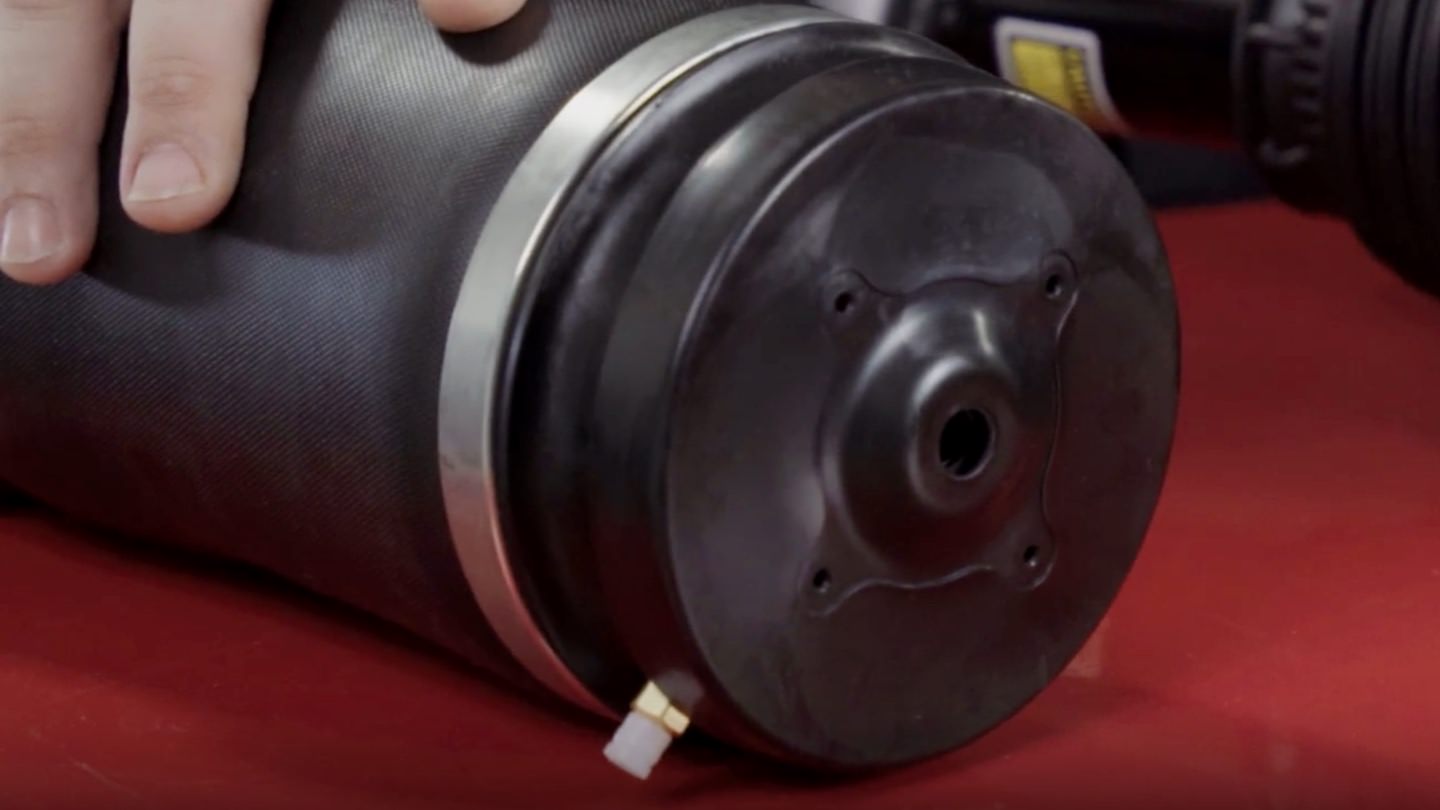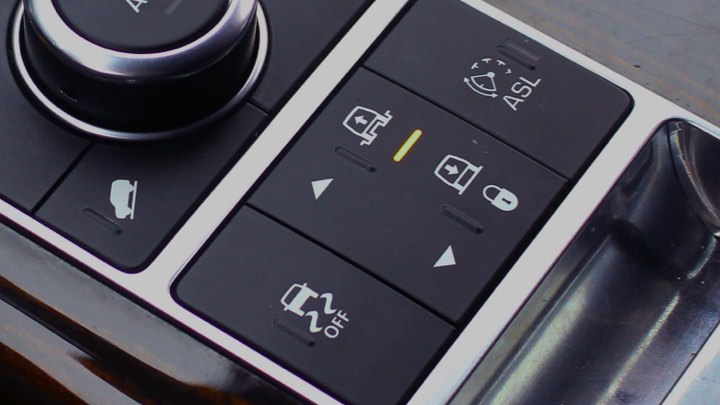
Shocks 101
What Are Air Springs?
Smoothing Out the Ride
Potholes, bumps and other road obstacles are hard on your vehicle and it’s up to the suspension system to smooth out the ride. For vehicles with an air suspension system, air springs are crucial to the system absorbing the bumps and other impacts to deliver a comfortable ride. Discover how air springs work to improve the ride and performance of your vehicle.

What is an Air Suspension?
All vehicles come equipped with a suspension system to help it navigate the countless number of obstacles it encounters as it rolls down the road. The two main types of suspension in use are:
All vehicles come equipped with a suspension system to help it navigate the countless number of obstacles it encounters as it rolls down the road. The two main types of suspension in use are:
- Standard suspension – uses hydraulic shocks/struts and steel coil springs
- Air suspension – uses hydraulic shocks/struts and pneumatic springs
Air suspension is found on many luxury vehicles and higher trim levels of trucks and SUVs from several manufacturers including Audi, BMW, Cadillac, Ford, Hyundai, Jaguar, Jeep, Land Rover, Lincoln, Mercedes-Benz, Porsche, Ram, Subaru, Tesla, Volkswagen and Volvo. Depending on the model, air suspension may come as standard from the factory, or it could be added as an option.
How Do Air Springs Work?
Air springs, also called pneumatic springs, feature a rubber sleeve that contains pressurized air and a piston that attaches the air spring to a shock or strut. An electric compressor inflates the air springs to the desired pressure and when inflated, the air springs support the weight of the vehicle and absorb the impacts as the car hits bumps and dips. By adjusting the air pressure in the air springs, the air suspension can be raised or lowered. As the ride height changes, how the suspension performs changes.

What Are the Advantages of Air Springs?
Air springs come with many advantages:
Improved Handling
By adjusting the air springs to accommodate road conditions and load, it can improve the vehicle’s handling.
Comfort
Air springs are known for their ability to glide over potholes and bumps in the road which improves the ride comfort for the driver and passengers.
Adjustability
Air springs gives the driver control over the ride firmness and height. With a push of a button, the vehicle can be raised or lowered. Choose a firmer ride for freeway driving or a softer ride for rough roads. Off-roaders can raise the ride height for extra clearance and then lower it when driving around town.
Towing & Hauling Capabilities
While air springs don’t increase payload or towing capacity, they do improve vehicle handling while towing or hauling by adjusting to the increased load. Air springs can adjust pressure at each axle to help distribute weight and reduce shock on vehicles that tow and haul.
Reduced Vibration and Noise
Air springs are effective at dampening vibration and noise.
Signs of Failing Air Springs
While air springs typically last 100,000 miles, they are subject to wear and tear and may need to be replaced. If the air springs fail, it can result in poor handling and/or an uncomfortable ride. If you notice any of these symptoms of bad air springs, make an appointment with your technician. Driving with failing air springs isn’t safe and should be avoided.
Vehicle Sitting Lower
When the air springs lose air and are no longer properly functioning, the vehicle will visibly sit lower than normal.
Uneven Stance
If one side of the vehicle is sitting lower, it could be an indicator of a bad air spring on that side.
Noisy Air Compressor
An air compressor that is running more than usual can indicate air leaks in the air springs.
Rough Ride
Feeling every bump as you travel down the road is a sign that there could be issues with the air springs.
Damage to Bellows
Tears or cracks into the bellows can cause air spring failure.
Check Air Suspension Light
Bad air springs cause a warning light to illuminate. You may see an icon of a car with an arrow pointing up and down or on older vehicles, it could say “Stop, car too low.”
Learn more about quality shocks, struts, and strut assemblies, find the right car part, or find a local repair shop today.
The content in this article is for informational purposes only. You should consult with a certified technician or mechanic if you have questions relating to any of the topics covered herein. Tenneco will not be liable for any loss or damage caused by your reliance on any content.